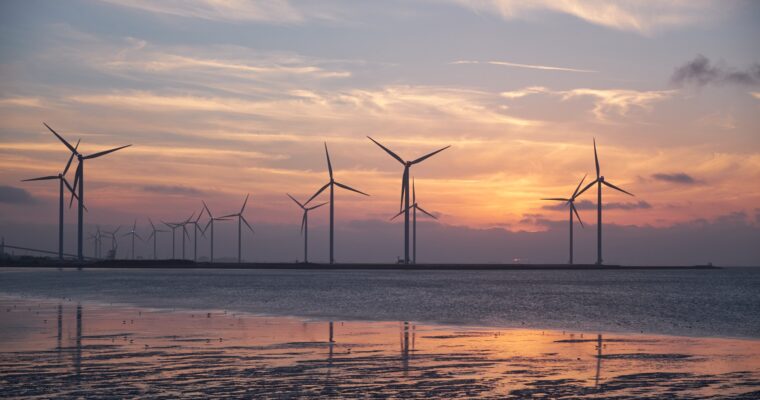Wind Turbines and Composite Blades
Composite blades are designed to be more robust, more reliable, and more economical to manufacture than traditional blade materials. They are also environmentally friendly.
The use of natural fibers for the reinforcement of composites is a promising approach. Coir fiber, for example, has been studied for use in small wind turbine blades. This fiber has mechanical properties similar to wood but is not as stiff as glass fiber composites. The effect of weathering on coir-based composites was also studied.
Composites used in wind turbine blades exhibit various damage processes at the microscale, in the fibers, and at the interface between plies. Damage caused to wind turbine blades can propagate over time and significantly reduce performance. In addition, some types of damage can cause instability and overload other structural components, resulting in structural failure. This will stop the turbine’s operation, and the wind farm operator will incur high costs for repair.
Using guided wave technology to inspect wind turbine blades has various advantages.
Manufacturing challenges for composite blades
The manufacturing challenges involved in composite blade can be complex. For example, the main spar laminate is subjected to cyclic compression-tension loads, and the laminates at the leading and trailing edges bear gravitational loads. Moreover, aeroshells are sandwich structures that require high levels of durability. These challenges are further compounded by the fact that they must be solid and durable in a marine environment.
The materials used to make composite blades are made of a thermosetting matrix and glass or carbon fibers. Unfortunately, the thermosetting matrix cannot be recycled into another product. Recycling is an option, but the materials are difficult to process on an industrial scale. One way to recycle these materials is to cut them up and reuse the material within them. Another option is to pyrolyze them in a cement kiln.
The manufacturing process for these blades can be improved with advanced tools and techniques. Advanced blade inspection tools provide quality assurance during manufacturing. Full-scale test facilities use fiber optics, acoustic emission, and digital image correlation sensor technologies. These technologies help manufacturers detect damage events and provide warnings.
The advantages of composite blades
Composite blades offer many benefits over traditional metal blades. These materials can reduce a wind turbine’s weight while maintaining a high-performance level. Carbon fibers are five times stiffer than fiberglass, resulting in longer blades with reduced rotor load. Additionally, composite materials are lighter than metal blades, enabling longer blades without increasing overall weight.
The advantages, as mentioned earlier, are achieved by integrating additional layers of internal wire mesh. Typically, these different layers are disposed internally within the blade, generally parallel to the adjacent surfaces of the blade. Inner wire mesh layers extend from the blade’s tip toward the hub of the edge and taper as they approach the hub.
Composite propeller blades can be fitted with more than one blade, resulting in higher thrust levels and increased performance. In addition, the increased blade count allows composite propellers to reduce vibration and noise and offer better ground clearance.
Types of composite blades
There are two major types of composite blades. One consists of laminated fabric, and the other consists of a single piece of composite material. The two types differ by the material used and the thickness and fiber orientation of the individual components. As a result, composite blades are often very thick and have various characteristics.
Composite blades are used in wind turbines. They are more cost-effective than metal blades and require less maintenance. This makes them a good choice for commercial turbines. Compared to metal blades, they also offer increased performance. So if you’re looking for a new turbine, you may want to consider a composite blade.
Carbon fiber composites are another promising alternative. Carbon fibers are much stiffer than glass fibers, which makes them suitable for making thinner, more rigid wind turbine blades. However, carbon fiber composites are more expensive. Another disadvantage is that carbon fiber composites are more sensitive to fiber waviness and misalignment. Small amounts of misalignment or waviness can reduce the fatigue and compressive strength of the blades.







0